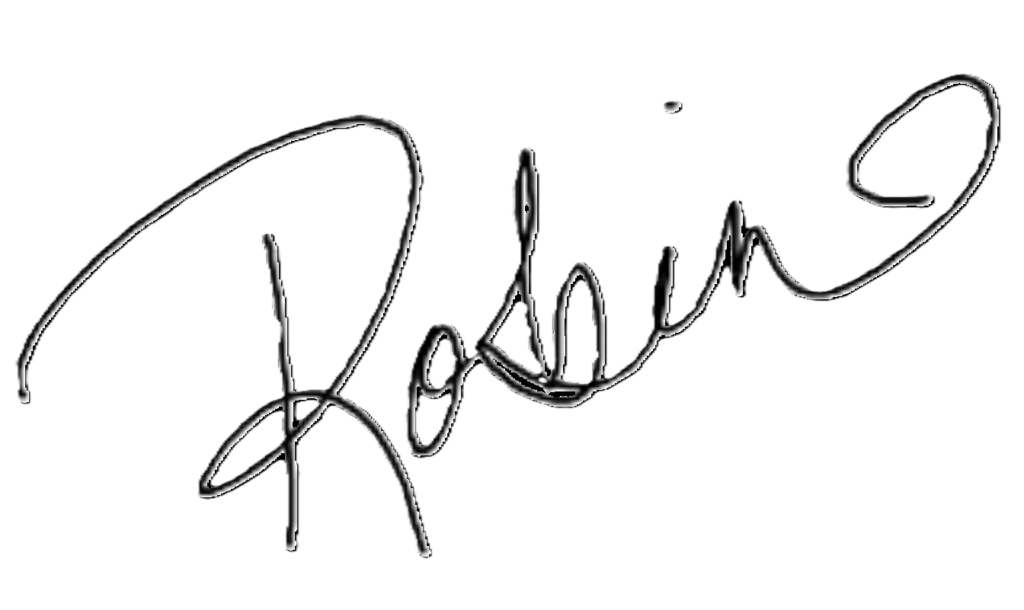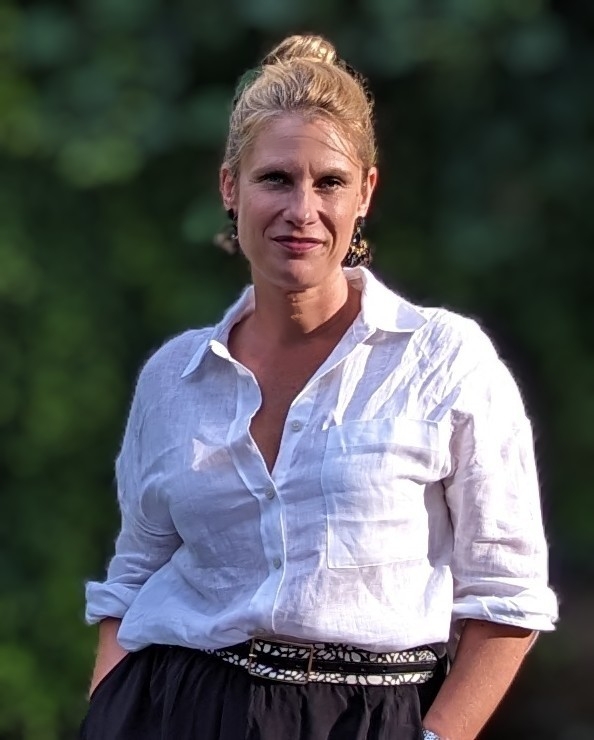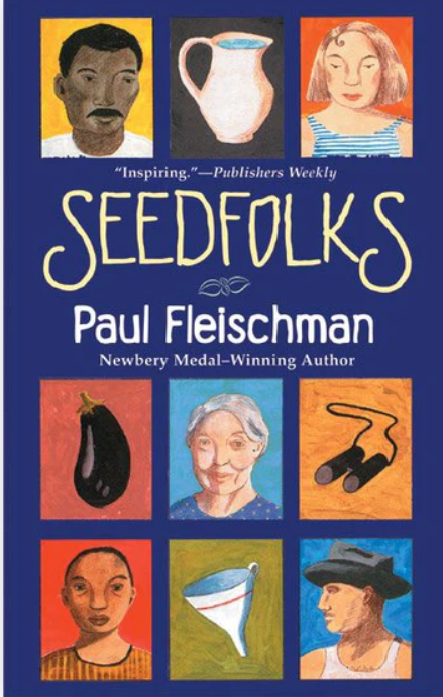Seedfolks, a book written by Paul Fleischman and illustrated by Judy Pederson is comprised of 13 short stories all revolving around a community garden in Cleveland, Ohio in the United States. Each chapter connects with another over time.
I have used a few of the stories in this book when students were learning about urban environments, particularly sustainable community development. Here’s the thing about this book: It can connect to many grades and curriculums, as the stories will relate to immigration, diversity, inclusion and civic relationships. And more generally to my needs: sustainable community development.
One of the bonuses of this book is that the stories are short- only around 8 pages each, and it’s a small sized book. Students can choose their own story if they wish by previewing the chapters prior to their assignment or you can assign them one or more stories for comparison. In the past I have chosen two stories for students to read and compare. Like other text products, if your school purchases the book you can scan a particular chapter(s) for those students with comprehension needs and use Google Read and Write to assist them. There are a few websites out there that already have PDF copies of chapters; The ones I have seen are all by teachers. You can purchase Seedfolks on Amazon in the US and in Canada and of course through the publisher Harper Collins. There are also YouTube channels whereby teachers read the stories. This format can aid anyone with comprehension, dyslexia, fluency or word decoding challenges. Here are a couple of those sites:
In my classroom I implement two chapters from the book when my Grade Nine Geography class is in Unit Four of the Ontario curriculum: ‘Liveable Communities’, most particularly to hit the strand: E2. Sustainability of Human Systems and Communities. Stories that I usually choose among are:
Chapter 5: Leona
Chapter 6: Sam
Chapter 12: Amir
Chapter 13: Florence
After reading the stories, students complete a chart that connects knowledge from their learning in class. If you are using this book for studies in Geography, I’ve included a pdf copy of my worksheet in the Subscriber Resources section. What to subscribe? Click HERE to go back to the main page to sign-up for the free teaching resources. The worksheet looks like this, but is in black and white for photocopying purposes:
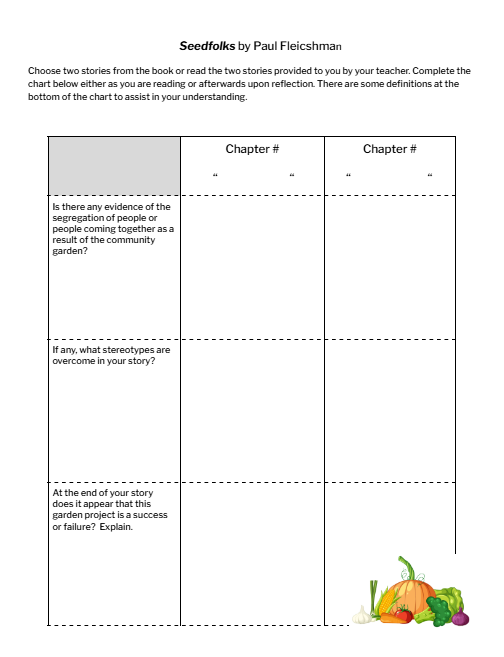
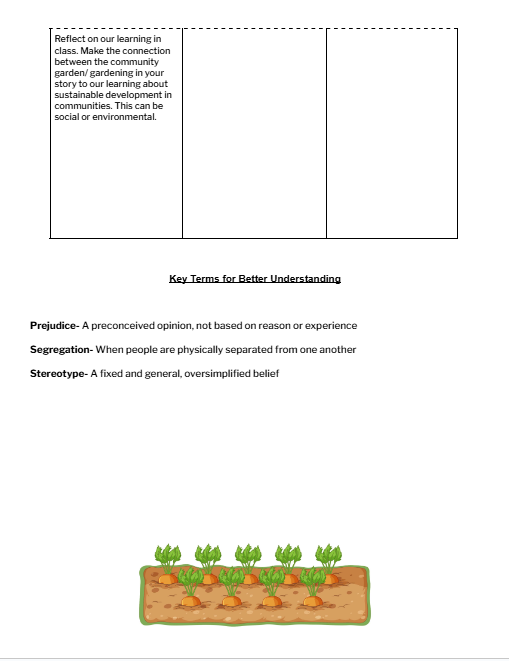
The key terms that I want students to be able to comprehend during their reading are:
Segregation
Stereotypes
Prejudice
The term for review from our course content is:
Sustainable Community Development
At the end of our reading and understanding of the stories in Seedfolks, students are provided with a simple Google Slideshow that introduces them to their own city’s community gardens. Almost every single time I show this slideshow, students express that they had no idea about the gardens in their community. At the end of the slideshow there is a slide with volunteer opportunity links. It gets published to our LMS homepage in case they are interested in volunteering. This is because students in Ontario are required to complete 40 hours of volunteer work in their community in order to get their high school diploma. Here is a modified or more generic example of the slideshow:
I try to organize Seedfolks with planting vegetable seeds in the classroom. This is one of those fun class activities that has the students focus on where they live and what type of urban space they have to grow food. If you’re interested in doing something like that with your class you can check out the blog: 6 Tips for Gardening Activities in the Classroom.
I hope there is something in this post that helps you to decide whether or not Seedfolks might be a good fit for your subject and grade level and if so, that the pdf helps make your job a bit easier.
Happy Teaching!
